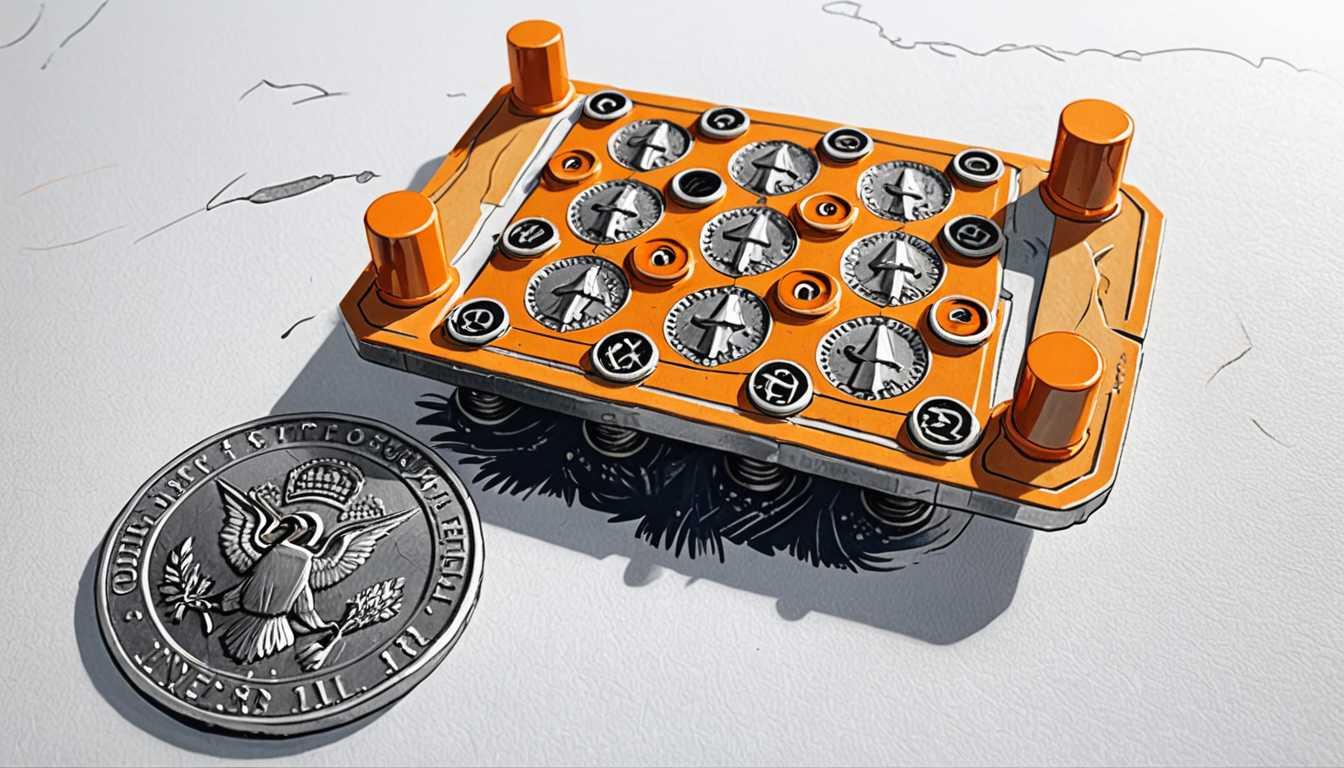Art Meets Science: MIT's Creative Fusion
October 2023
Massachusetts Institute of Technology (MIT)
Introduction
Dive into the world of Hannah Munguia Flores, an MIT whiz juggling aerospace engineering and policy studies, who found herself decorating paper planes with a digital collage of grains and algae. Why? Her adventure began in a unique MIT course, Making Art for Scientists, where students like Flores blend art and science to give life to their research, transforming data into stunning visuals. Discover how this course, under the guidance of artist Timothy Lee, is breaking the stereotype that art and science can't mix, proving they're the perfect duo for innovation.
READ FULL ARTICLEWhy It Matters
Discover how this topic shapes your world and future
Brush Strokes on the Canvas of Discovery
Imagine a world where the boundaries between science and art blur, creating a vibrant landscape of innovation and creativity. This is not just a dream but a reality unfolding in courses like "Making Art for Scientists." Here, the fusion of art and science reveals that these disciplines, often viewed as opposites, share a common goal: to explore, understand, and interpret the world around us. This interdisciplinary approach not only enriches the way scientists and artists view their work but also opens up new avenues for expressing complex ideas, making them accessible and engaging to a wider audience. For you, this means a chance to see your interests in a new light, whether you're drawn to the precision of scientific inquiry or the boundless creativity of the arts. Understanding the interplay between science and art could inspire you to tackle global challenges in innovative ways, blending analytical thinking with creative problem-solving.
Speak like a Scholar
Interdisciplinary
Combining two or more academic disciplines into one activity (e.g., merging science and art).
Visualization
The process of creating images, diagrams, or animations to communicate a message.
Abstract concepts
Ideas that do not have a physical or concrete existence, such as emotions or the concept of time.
Digital art
Artistic work or practice that uses digital technology as part of the creative or presentation process.
Analog technique
Traditional methods of creating art, such as painting or sculpting, that do not involve digital technology.
Data interpretation
The process of analyzing and making sense of collected data to draw conclusions.
Independent Research Ideas
Exploring the role of art in scientific discovery
Investigate how artistic methods can aid in the visualization and understanding of scientific concepts, potentially leading to breakthroughs in research.
The psychology of color in data visualization
Analyze how different colors affect the perception and interpretation of data in scientific and artistic contexts, including the emotional and cognitive responses they evoke.
Digital vs. analog art in scientific representation
Compare the effectiveness and impact of digital and analog art forms in conveying scientific information, considering factors like accessibility, engagement, and accuracy.
Artistic interpretations of abstract scientific concepts
Create a project that uses various art forms to represent complex scientific ideas (such as quantum mechanics or neural networks), assessing how these interpretations can enhance public understanding.
The influence of artistic creativity on scientific problem-solving
Examine case studies where artistic thinking has led to innovative solutions in scientific research, exploring the potential for cross-disciplinary approaches to address global challenges.
Related Articles

Smart Driving: Road Safety Reimagined
December 2023
University of Cambridge

Phygital Worlds: Revolutionizing Industries
August 2023
MIT Technology Review

3D Printing: The Future of Space Engines
February 2025
MIT News

Smart Siting: Renewable Energy's New Game Plan
December 2024
MIT News

Paving the Way to Sustainability
August 2024
MIT News